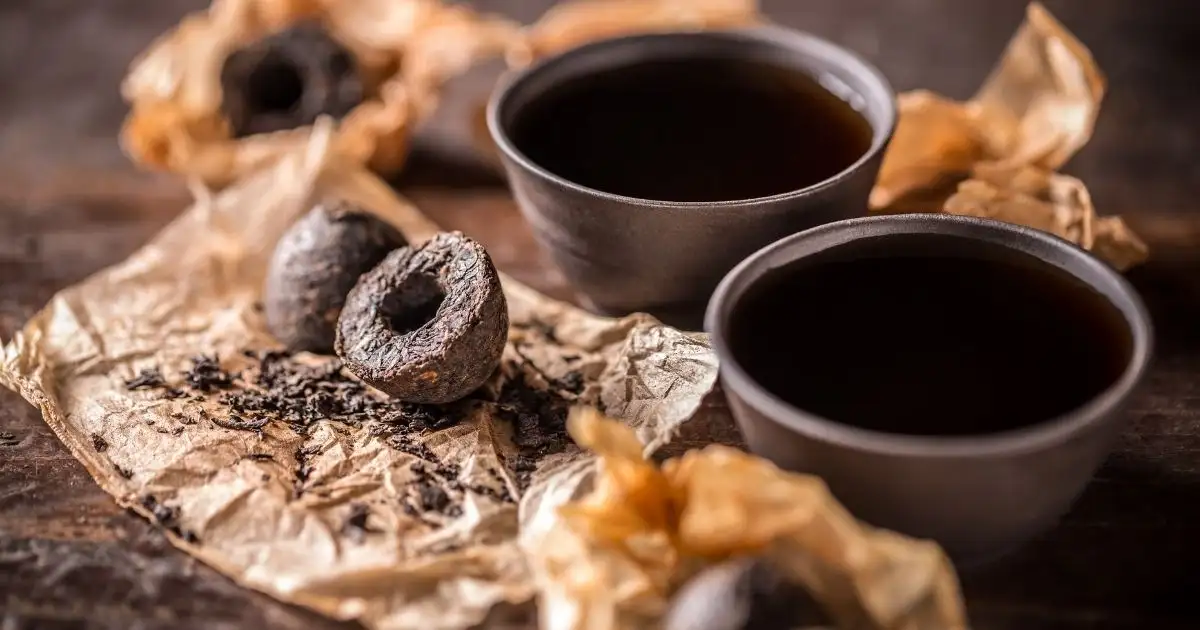
Ceylon Tea: Uda Pussellawa Tea Region/
Hidden within the majestic mountains of Sri Lanka’s central highlands lies a treasure waiting to be discovered: Uda Pussellawa tea. Often overlooked amidst the fame of its neighboring regions, Uda […]
 play_arrow
play_arrow
The Ultimate Guide to Tea Brewing Mr. Tea Talk
 play_arrow
play_arrow
A Comprehensive Review of 3 Must-Have Tea Products on Amazon Mr. Tea Talk
 play_arrow
play_arrow
The Ultimate Guide to the Best Tea Essentials on Amazon: Kettles and Teapots You’ll Love Mr. Tea Talk
 play_arrow
play_arrow
The Best Teapots for Tea Lovers: Silver vs. Borosilicate Glass Mr. Tea Talk

 play_arrow
play_arrow
Ceylon Tea: Kandy Tea Region Mr. Tea Talk
Delve into the captivating story of Kandy tea, a cherished treasure of Sri Lanka’s tea industry since its inception in 1867. As the first commercial tea plantation emerged in Loolecondera Estate within the Kandy district, it marked the genesis of a flourishing tea culture that remains integral to Sri Lanka’s cultural and economic landscape.
Unlike its counterparts in Nuwara Eliya and Uva, Kandy boasts a distinctive topography characterized by mid-elevation hills and valleys. This diverse landscape nurtures a spectrum of microclimates, each imparting a unique essence to the tea:
Elevation Variations: From lower-lying areas yielding bold flavors to higher elevations offering nuanced cups, Kandy’s elevation intricately shapes its tea.
Monsoon Influence: Sheltered plantations produce delicate teas, while those exposed to monsoon winds develop robust profiles.
Sunshine and Shade: Sun-kissed gardens yield vibrant teas, while shaded areas craft mellow blends, adding layers to Kandy’s tea tapestry.
Crafting Kandy tea is a meticulous process rooted in tradition and expertise:
Plucking: Selective harvesting ensures only the finest leaves and buds are handpicked, preserving quality and flavor.
Withering: Controlled dehydration on special mats initiates flavor development, preparing leaves for rolling.
Rolling: Gentle rolling releases essential oils, enriching aroma and taste while preserving leaf structure.
Oxidation: Controlled exposure to air enriches color and flavor, resulting in Kandy’s signature robustness without bitterness.
Firing: High-temperature drying halts oxidation, perfecting flavor and aroma for a captivating brew.
The Essence Captured: A Bright Infusion with a Bold Character
Kandy tea presents a vibrant infusion with a distinctive coppery hue, reflecting its moderate oxidation. Its intense full-bodied character, influenced by the mid-elevation terroir, boasts subtle variations of spice, malt, and fruitiness, complemented by a rich, malty aroma.

Beyond the Cup: A Legacy Enduring
Kandy tea holds a storied legacy that goes beyond its exquisite taste, deeply entwined with Sri Lanka’s social and economic fabric. Situated amidst lush landscapes and rolling hills, the region’s tea plantations have become synonymous with quality and sustainability.
Historical Significance: The history of Kandy tea dates back to the 19th century, when the British introduced tea cultivation to Sri Lanka’s central highlands. Kandy, known for its scenic beauty and temperate climate, quickly became a hub for tea production. The cultivation of tea not only transformed the region’s economy but also influenced its cultural identity, shaping local traditions and livelihoods for generations.
Cultural Influence: Tea has permeated every aspect of Kandy’s culture, from daily rituals to festive celebrations. The art of tea cultivation and processing has been passed down through families, embodying a deep-rooted respect for the land and its bounty. Today, Kandy tea remains a cherished part of Sri Lankan heritage, revered for its craftsmanship and contribution to the nation’s cultural tapestry.
Sustainable Practices: In recent years, Kandy tea estates have embraced sustainable agricultural practices to preserve the region’s natural beauty and biodiversity. Practices such as organic farming, integrated pest management, and water conservation techniques are employed to minimize environmental impact while ensuring the longevity of tea production. By prioritizing sustainability, Kandy tea growers uphold a commitment to ethical stewardship, supporting local communities and promoting biodiversity conservation.
Economic Contribution: Beyond cultural significance, Kandy tea plays a pivotal role in Sri Lanka’s economy, generating employment opportunities and contributing to national exports. The tea industry remains a cornerstone of rural livelihoods in Kandy, empowering communities and fostering economic stability in the region.
Future Outlook: Looking ahead, the legacy of Kandy tea is poised to endure, guided by a dedication to quality, sustainability, and community well-being. By safeguarding the region’s delicate ecosystem and embracing responsible practices, Kandy tea producers ensure its continued prosperity in a global marketplace that values authenticity and ethical sourcing.
Kandy tea’s legacy exemplifies resilience and innovation, blending tradition with a forward-thinking approach to sustainability. As Sri Lanka’s tea industry evolves, Kandy remains a beacon of excellence, symbolizing a commitment to preserving natural resources and cultural heritage for future generations to Enjoy.

As we conclude our journey through Kandy tea’s rich heritage, we invite you to savor its timeless allure and embrace its vibrant flavors. From its historic origins to its enduring legacy, Kandy tea embodies the essence of Sri Lanka’s tea culture, offering a sensory journey like no other. So, immerse yourself in the boldness and vibrancy of Kandy tea, and let its timeless character transport you on a delightful odyssey for your senses.
Tagged as: Kandy Tea.

Hidden within the majestic mountains of Sri Lanka’s central highlands lies a treasure waiting to be discovered: Uda Pussellawa tea. Often overlooked amidst the fame of its neighboring regions, Uda […]


Copyright | Ceylon Wild Tea - All Rights Reserved | 2025
Post comments
This post currently has no comments.